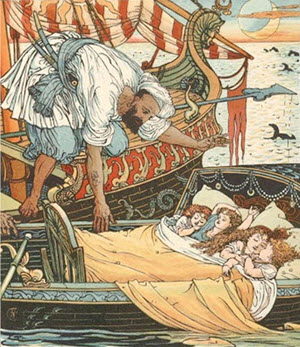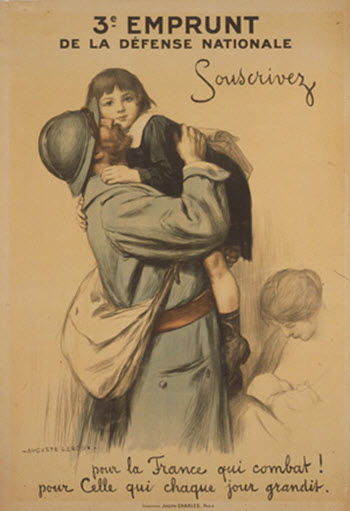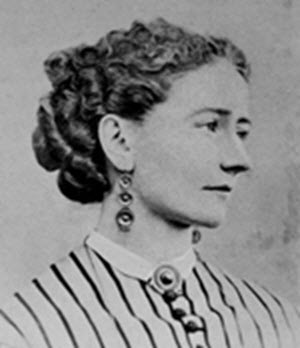Medieval Libraries and Manuscripts
Interior of the Library of the Escurial and of the Bibliothèque Mazarine, Paris.
The new system was not accepted hastily. I believe that Sir Christopher Wren, when he built Trinity College Library in 1695, was the first English architect who ventured to build a library with windows which, as he says himself, "rise high, and give place for the deskes against the walls." I suspect that he borrowed this latter idea from France, which he visited in 1665, and most likely from the Bibliothèque Mazarine, for he has himself recorded his admiration for "the masculine furniture of the Palais Mazarin," though[Pg 53] he does not specially mention the library. But he did not discard the ancient arrangement altogether. On the contrary he utilised it so far as to subdivide the room, and provide recesses for the convenience of students. He says:
The disposition of the shelves both along the walls and breaking out from the walls must needes prove very convenient and gracefull, and the best way for the students will be to have a litle square table in each celle with 2 chaires. The necessity of bringing windowes and dores to answer to the old building leaves two squarer places at the endes, and 4 lesser celles not to study in, but to be shut up with some neat lattice dores for archives.
One compartment of Trinity College Library.
I need hardly say that neither this library, nor any of those built by Wren's pupils or imitators, shew traces of chaining. The old fashion, however, lingered. In 1651 Humphrey Cheetham directed the books he gave to certain specified parish-churches near Manchester to be chained; in 1694 James Leaver gave books to the grammar-school at Bolton in Lancashire[Pg 54] which were chained in a cupboard very like the armarium of a monastic cloister;
Next: Private Medieval Libraries





